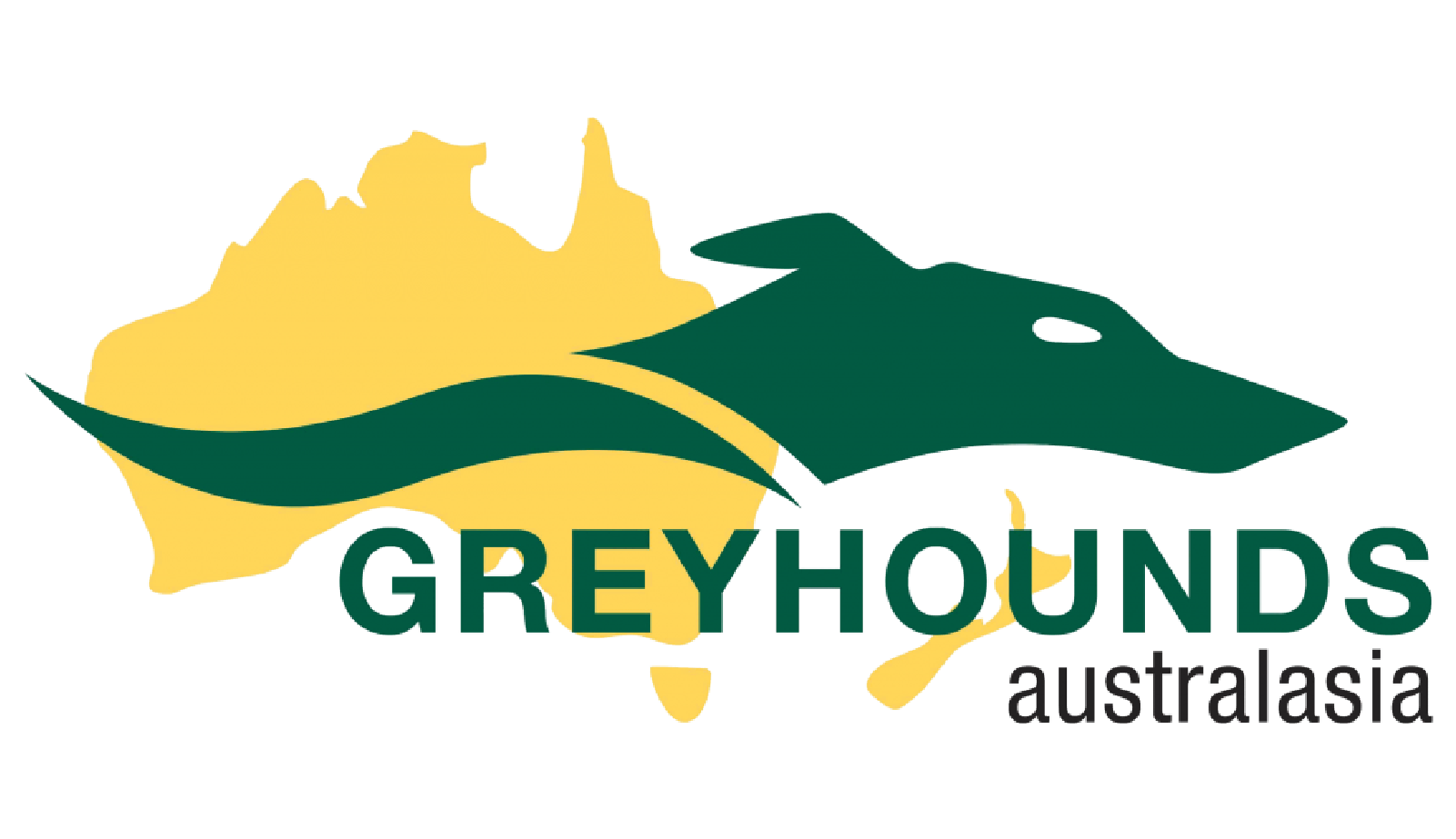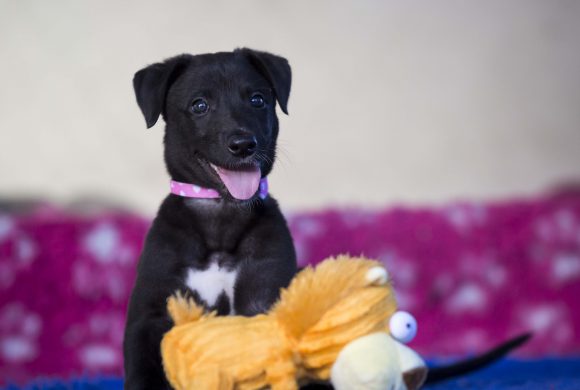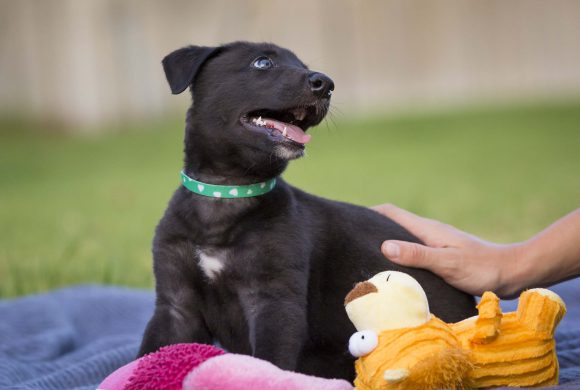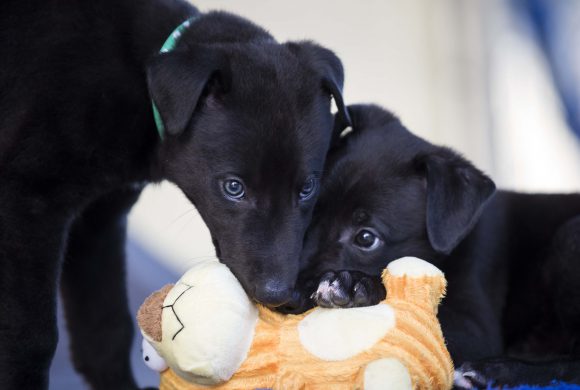Colour Inheritance in the Greyhound
Colour Inheritance in the Greyhound is the proven genetic ability of greyhounds of a particular colour or colours, to produce a particular colour or colours in their own offspring.
Basic Colours of Greyhounds
These can be listed as:
- Black
- Dun (chocolate or liver)
- Blue
- Brindle
- Fawn
Black can come in the form of a dominant black or a recessive black. A dominant Black is one which, when bred with, will produce no blues, no brindles, no fawns, no particolours.
Dun is an extremely rare colour, appearing inapproximately one in every 1500 to 2000 litters.It can range from a light blue fawn, through a rich red fawn, up to a deep rich chocolate colour, with the dominating factor being a pink to brown coloured nose leather. Many Dun coloured greyhounds in the past have been listed and recorded as being Dark Fawn, Red Fawn or Red. They should never be listed as a type of Fawn or Red as they are a colour apart. In addition, when fawn is crossed with another fawn or brindle, black or blue coloured pups cannot issue from such mating. However, when Dun is crossed with fawn or brindle, it is almost certain that black coloured pups will issue from the mating. Research indicates that all present day Dun coloured greyhounds will have a double cross of Rocket Jet.
Blue is a dilute of the colour black and can range from a pale misty blue to a deep blue (grey) almost black colour. Most blues will also have bluish rather than black coloured nose leather.
Brindle can come in shades of Black Brindle, Blue Brindle, Red Brindle, Dun Brindle, Fawn Brindle, Dark Brindle, Light Brindle. Some Black Brindles can certainly appear to be black greyhounds unless inspected closely.
Fawn can be in the form of Dark Fawn, Light Fawn, Red Fawn, Blue Fawn, or Dun Fawn.
Brindles devoid of striping
Mr. Roy ROBINSON, a renowned canine geneticist in England has advised that there will be some brindles , including blue brindles, so devoid of striping as to appear either Fawn or Blue, but these animals will breed as Brindles. If a greyhound has only one brindle stripe, it should be recorded as a brindle, not as that of its basic colour. In approximately one in 500 litters where both Brindle AND Fawn pups should not appear, breeders actually report there are Brindles and one Fawn or White & Fawn pup. Often upon further inspection the pup reported as Fawn or White & Fawn is actually Brindle or White & Brindle. On the very rare occasion, the Fawn colour is confirmed, placing this greyhound in the very small minority of genetically brindle pups, so devoid of striping as to appear Fawn, and expected to eventually breed as a brindle.
Blue Variant
Greyhounds normally identified as Blue, Blue Brindle or Blue Fawn can, for the purposes of colour inheritance, be grouped into a category called Blue Variant, the significance of this being when looking at the mating expectations below.
Particolour
In addition to the above basic colours, there are greyhounds which are referred to as being White or White and ? In order to put these greyhounds into a single category, they are referred to as Particolour. White however, is not a colour, it merely represents the absence of colour.
A pure white greyhound is a rarity. In almost every instance of a greyhound being called white, such greyhound can be found to have the additional colour of either, Black, Dun, Blue, Brindle, or Fawn. If such additional colour (no matter how minute), can be seen on an otherwise white greyhound, its colour should be referred to as White and such other colour. This is vital for stud book and breeding accuracy.
Basic Colour mating to Basic Colour
(1) Black to Black
May produce pups of the following colours:
Black, Dun, Blue, Brindle, Fawn or any of those colours with white. (but should not produce both brindle and fawn in a litter.) Any of those colours with white.
(2) Dun to Dun (No such mating in greyhounds has been recorded).
May produce only Dun coloured pups, or Dun with White.
No Blacks. No Blues, No Brindles, No Fawns.
(3) Blue to Blue
May produce Blue, Brindle or Fawn or those colours with white, (but not both Brindle and Fawn in the litter.) No Blacks, No Dun, It is also believed that any fawns from such a mating would in fact be Blue Fawn, and that any brindles are likely to be Blue Brindle.
(4) Brindle to Brindle
May produce Brindles and Fawns, or those colours with white.
No Black, No Dun, No Blue.
(5) Fawn to Fawn
May produce Fawn or Fawn with white only pups.
No Black, No Dun, No Blue, No Brindle.
(6) Particolour to Particolour(White and ?)
May produce White or a basic colour with a great deal of white.
No solid or self coloured pups.
(7) Blue Variant to Blue Variant (Blue, Blue Brindle or Blue Fawn)
May produce pups of blue variant colour or those colours with white.
Blue to Blue Fawn will not produce both Brindle and Fawn in the same litter.
No Black, No Dun.
(8) Black to Dun
May produce, Black, Dun, Blue, Brindle, Fawn or Particolour (but not both Brindle AND Fawn in the litter).
Should a Brindle pup issue from this mating, it is immediate recognition that one or both of the parents is unable to produce Fawn coloured pups.
(9) Black to Blue
May produce, Black, Dun, Blue, Brindle, Fawn, or Particolour (but not both Brindle AND Fawn in the litter). If a Brindle coloured pup issues from this mating, it is immediate recognition that one or both parents is unable to produce Fawn coloured pups.
(10) Black to Brindle
May produce Black, Dun, Blue, Brindle, Fawn, or Particolour.
(11) Black to Fawn
May produce, Black, Dun, Blue, Brindle, Fawn, or Particolour (but not both Brindle AND Fawn in the litter). If any Brindle coloured pup issues from this mating, it is immediate recognition the Black coloured parent is unable to produce Fawn coloured pups.
(12) Dun to Blue
May produce, Black, Dun, Blue, Brindle, Fawn, or Particolour (but not both Brindle AND Fawn in the litter). If any Brindle coloured pups issue from this mating, then it is immediate recognition that one or both parents is unable to produce Fawn coloured pups.
(13) Dun to Brindle
May Produce, Black, Dun, Blue, Brindle, Fawn, or Particolour.
(14) Dun to Fawn
May Produce, Black, Dun, Blue, Brindle, Fawn, or Particolour (but not both Brindle AND Fawn in the litter). If any Brindle coloured pups issue from this mating, then it is immediate recognition that the Dun coloured parent is unable to produce Fawn coloured pups.
(15) Blue to Brindle
May produce, Black, Dun, Blue Brindle, Fawn or Particolour.
(16) Blue to Fawn
May produce, Black, Dun, Blue, Brindle Fawn, or Particolour (but not both Brindle AND Fawn in the litter). If any Brindle coloured pups issue from this mating, then it is immediate recognition that the Blue coloured parent is unable to produce Fawn coloured pups.
(17) Brindle to Fawn
May Produce, Brindle, Fawn or Particolour. No Black, No Dun, No Blue.
Note: The above expectations of colour are those which can generally be expected in a litter. However, it must be remembered that approximately 62% of greyhounds (sires or dams) will genetically be unable to produce a certain colour or colours. With a sire, it can be readily determined once he has sired in the order of 100 pups. With a dam which may only have one litter per year, it is not so simple to determine. If either the sire or dam is genetically unable to produce one or more of the colours, Dun, Blue, Brindle, Fawn or Particolour, then such colour should not issue from the mating. In other words, in order for any of the colours, Dun, Blue, Brindle, Fawn or White, to issue from a mating, BOTH the sire and the dam must possess the gene for the colour.
Note: In the mating combinations (3), (8), (9), (11), (12), (14) & (16) listed above, should BOTH the sire and dam be genetically able to produce FAWN coloured pups, then NO BRINDLES will issue from such a mating.
Note: For BOTH Brindle & Fawn to appear in a litter, one or both parents must be Brindle.
Inability of some greyhounds (Sires & Dams) to produce certain colours.
Research has shown that approximately 62% of greyhounds are unable to produce at least one particular colour such as, Dun, Blue, Brindle, Fawn or White(although white itself is not actually a colour). Between 30% & 35% of Black coloured greyhounds are unable to produce pups of particolour(White and ?). As an example, in recent editions of the Australian & New Zealand Greyhound Stud Books, we can find:
AWESOME ASSASSIN(Bk)……..2,151 pups……No Blues, One White.
BARNEYS ALARM(BeBd) ………… 745 pups……No Fawns.
ACACIA ABLAZE(F)………………..2,430 pups……No Blues.
ASHIGGA(Bk)……………………………. 666 pups……No Fawns.
BLACK SHIRAZ(Bk)…………………2,020 pups……No Fawns , One Blue which was later named and registered as Black.
BOBNIAK(BeBd)……………………….1,460 pups……No Whites.
CRY HAVOC(Wbk)…….. ……………1,371 pups……No Brindles, three White & Fawn
which were later named and registered as Black, White & Black and White & Blue.
FORTIFIED SPEED(Rbd)………………919 pups……No Blues, No Whites,…..One Fawn.
WORLD TITLE(Bk)……………………1,359 pups…… No Whites,.Three Blues.
ZAZZIAM(Bk)………………………….. 1,378 pups……No Blues, No Brindles, No Fawns.
Conclusion
Colour inheritance in the greyhound is now recognised by greyhound authorities in England, Ireland, USA, New Zealand & Australia, and is a very useful tool in ensuring a more accurate stud book with up to date computer programming which alerts administrators to what appears to be an aberrant litter, and also as a deterrent to any person who may be other than honest.
The information presented is by Gavin Fitzpatrick and is derived from research over his years as Keeper of the Australian & New Zealand Greyhound Stud Book.



